优化跨境订单执行:全球电子商务的成功策略
导言:跨境订单执行的挑战
随着全球电子商务的发展,跨境订单履行已成为成功的关键。然而,履行国际订单也面临着独特的挑战:
- 高昂的物流成本和不稳定的时间表
- 运输成本会迅速攀升,尤其是在跨越国际边界时,而且交货时间往往不如国内运输那么容易预测。
- 海关与合规问题
- 对于从事跨境贸易的公司来说,处理关税、税收和复杂的合规法规是一个重大障碍。各国的要求不尽相同,这可能会延误运输并增加成本。
- 文化差异和本地化需求
- 了解当地的偏好和需求对于跨境订单履行的成功至关重要。这可能包括调整退货政策、付款方式和客户服务方法,以迎合不同市场的需求。
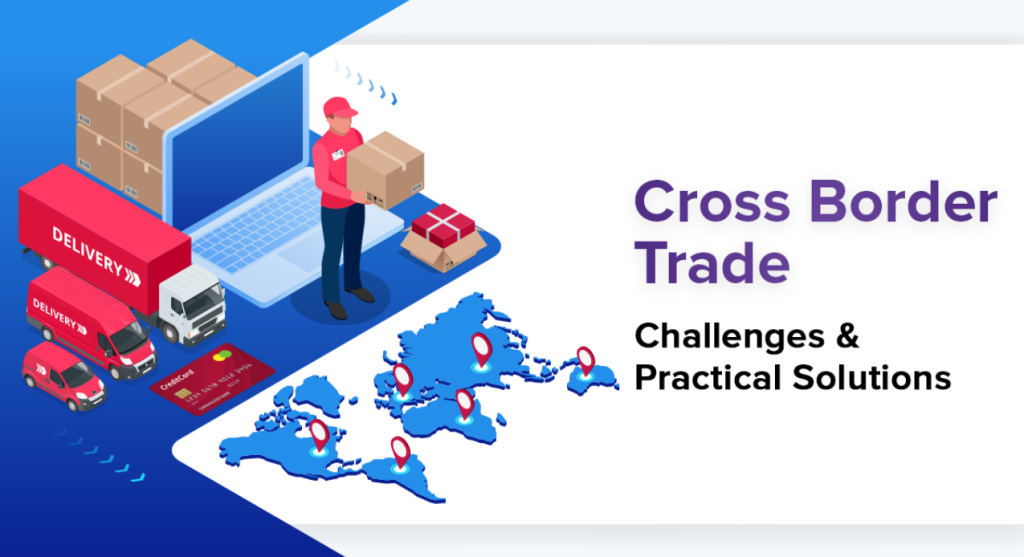
高效订单执行的价值
有效的跨境订单履行在通过以下方式提高业务绩效方面发挥着至关重要的作用:
- 提高客户满意度和重复购买率
- 高效的交付和无忧的体验可提高客户满意度,促进回头客和长期忠诚度。
- 降低运营成本,减轻库存压力
- 通过优化订单执行和库存管理,公司可以降低仓储成本,减少多余库存,同时确保在客户需要时提供产品。
跨境订单履行的核心战略
- 全球仓库网络布局
- 有效的跨境订单履行始于巧妙的仓库布局。公司必须决定是否利用 地区仓库 模型或 中央仓库 根据订单量和地区需求采取的方法。
- 地区仓库 这在欧洲和北美等地区更为常见,因为在这些地区,订单密度高,需要支付多个本地仓库的费用。
- 中央仓库:通常用于非洲等人口密度较低的地区,在这些地区,一个位于战略位置的仓库可为更大的区域提供服务。
- 例如 亚马逊的 FBA 国际库存配送 该公司就是利用遍布多个国家的地区仓库来简化交付流程、缩短运输时间的典型案例。
- 有效的跨境订单履行始于巧妙的仓库布局。公司必须决定是否利用 地区仓库 模型或 中央仓库 根据订单量和地区需求采取的方法。
- 第三方物流 (3PL) 合作伙伴关系
- 与当地第三方物流供应商合作,可以大大提高执行速度和可靠性。企业可以通过与当地知名企业合作,充分利用其地区专长,缩短交货时间,提高成本效益。
- 智能订单分配系统
- 公司可利用先进技术确保最佳订单履行,例如 动态路由 和 自动库存管理.企业可以根据库存、物流成本和交货时间,自动将订单发送到最近或最具成本效益的仓库,从而简化运营。
- 企业资源规划系统/管理系统 整合:系统,如 ShipBob 和 Zoho 库存 提供无缝库存和订单管理集成,使多个国家和仓库之间的协调变得更加容易。
- 公司可利用先进技术确保最佳订单履行,例如 动态路由 和 自动库存管理.企业可以根据库存、物流成本和交货时间,自动将订单发送到最近或最具成本效益的仓库,从而简化运营。
- 标准化与本地化
- 平衡标准化流程和本地定制是高效跨境履行的关键:
- 标准化流程:全球订单处理模板确保所有市场的统一性。
- 局部适应:根据当地语言和法规要求调整包装、手册和产品标签。例如,包装可能包括多语言说明,而产品标签则应符合当地标准(如《美国消费品安全条例》)。 CE 标志 欧盟)。
- 平衡标准化流程和本地定制是高效跨境履行的关键:
- 关税和税收优化
- 有效管理关税对于平衡成本和客户满意度至关重要。企业必须在以下两个方面做出决定:
- DDP(完税后交货):这种运输方式允许企业预先支付所有税款和关税,为客户提供无忧体验。
- DDU(未完税交货):客户在交货时支付关税,这可能会降低前期成本,但如果关税出乎意料地高,则可能导致负面的客户体验。
- 利用自由贸易协定,如 USMCA 和 RCEP此外,还可以降低关税,提高底线。
- 有效管理关税对于平衡成本和客户满意度至关重要。企业必须在以下两个方面做出决定:
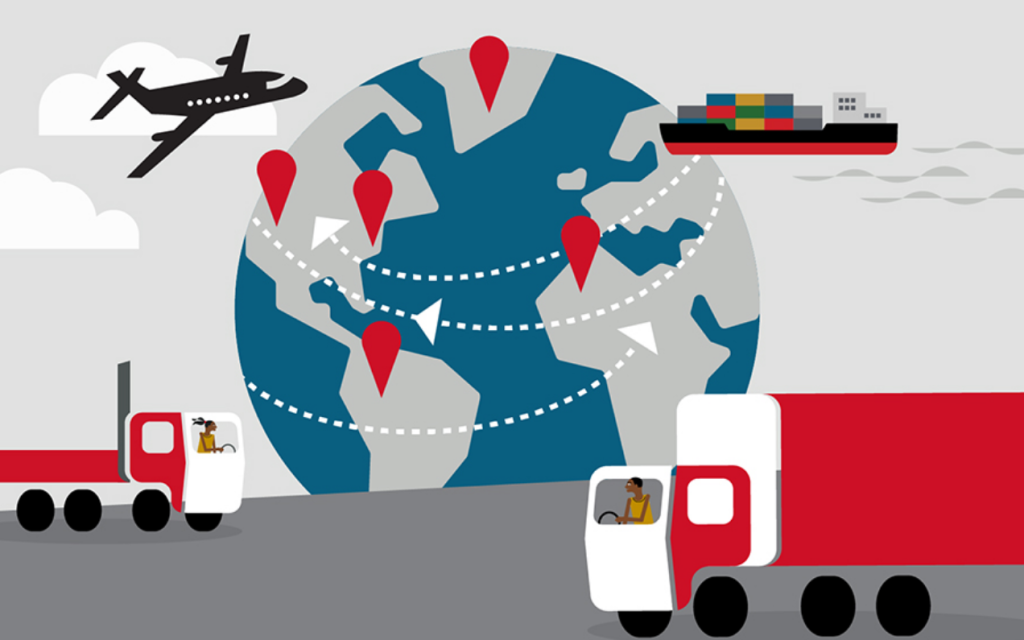
选择和管理物流合作伙伴
有效地选择和管理合作伙伴对于成功的跨境订单履行战略至关重要。
- 主要评估标准
- 在选择物流合作伙伴时,要评估其覆盖范围、交付承诺以及高效处理清关和解决争议的能力。
- 多运营商战略
- 国际巨头的组合,如 敦豪快递、联邦快递和当地承运商,确保了灵活性和覆盖范围。例如,使用 LWE (从中国到东南亚的本地航运供应商)能以更低的成本提高交付速度。
- 技术整合
- 实时跟踪的 API 集成:与提供 API 集成的物流公司合作,可提供实时订单跟踪。
- 物流数据分析:为确保持续改进,使用高级分析来监控关键指标,例如 延迟率 和 成本细目.
利用技术和自动化工具

- 库存管理工具
- 全球库存可见性:工具,如 贸易壁虎 使企业能够实时跟踪多个仓库和地区的库存。
- 安全库存算法:自动化系统可确保公司保持最佳库存水平,防止缺货和库存过多,这在国际业务中尤为重要。
- 自动化 履约流程
- 自动订单分配:根据现有库存和距离客户的远近,自动将订单分配到相应的仓库。
- 退货自动化:工具,如 返回逻辑 简化退货流程,使企业能够快速高效地跨境处理退货。
风险管理和持续优化
跨境订单执行涉及若干风险,但可以通过积极主动的策略来降低这些风险:
- 常见风险及其缓解
- 海关延误:预先确定货运量和备用物流方案有助于减少意外延误的影响。
- 货币波动:通过远期合约锁定未来汇率,最大限度地降低货币波动风险。
- 监测的关键绩效指标 (KPI)
- 订单周期时间:从下单到交货的时间对客户满意度至关重要。
- 客户满意度(NPS):监测客户体验和对交货时间的反应可以为改进领域提供有价值的见解。
- 回报率:关注退货率有助于发现产品质量或交货准确性问题。
结论
高效的跨境订单履行对于满足客户期望和确保公司顺利运营至关重要。 全球业务.通过利用先进的物流网络、智能订单分配和自动化工具,企业可以简化运营、降低成本并提高客户满意度。了解当地法规并与适当的物流合作伙伴合作,将确保您的全球履行战略符合成本效益和合规性。
行业洞察
收件箱消息
Nulla turp dis cursus.整体释放,预留空间


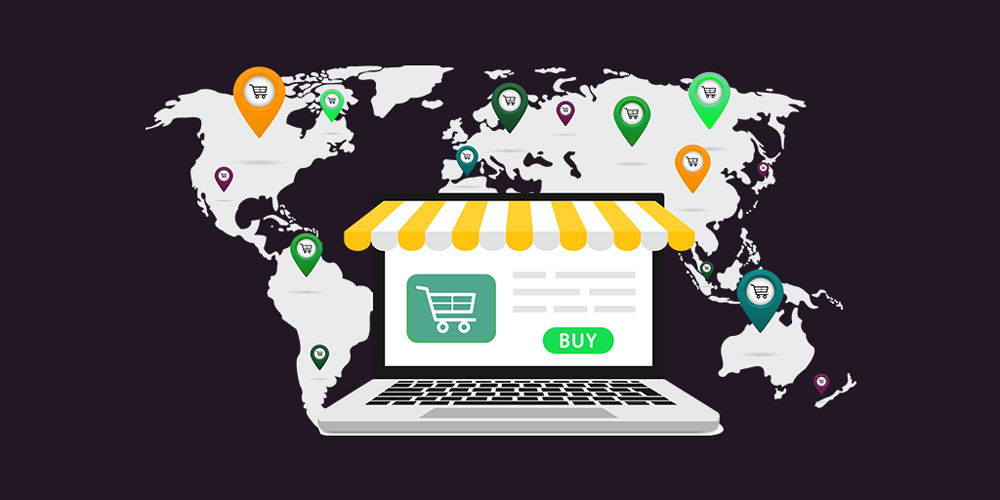

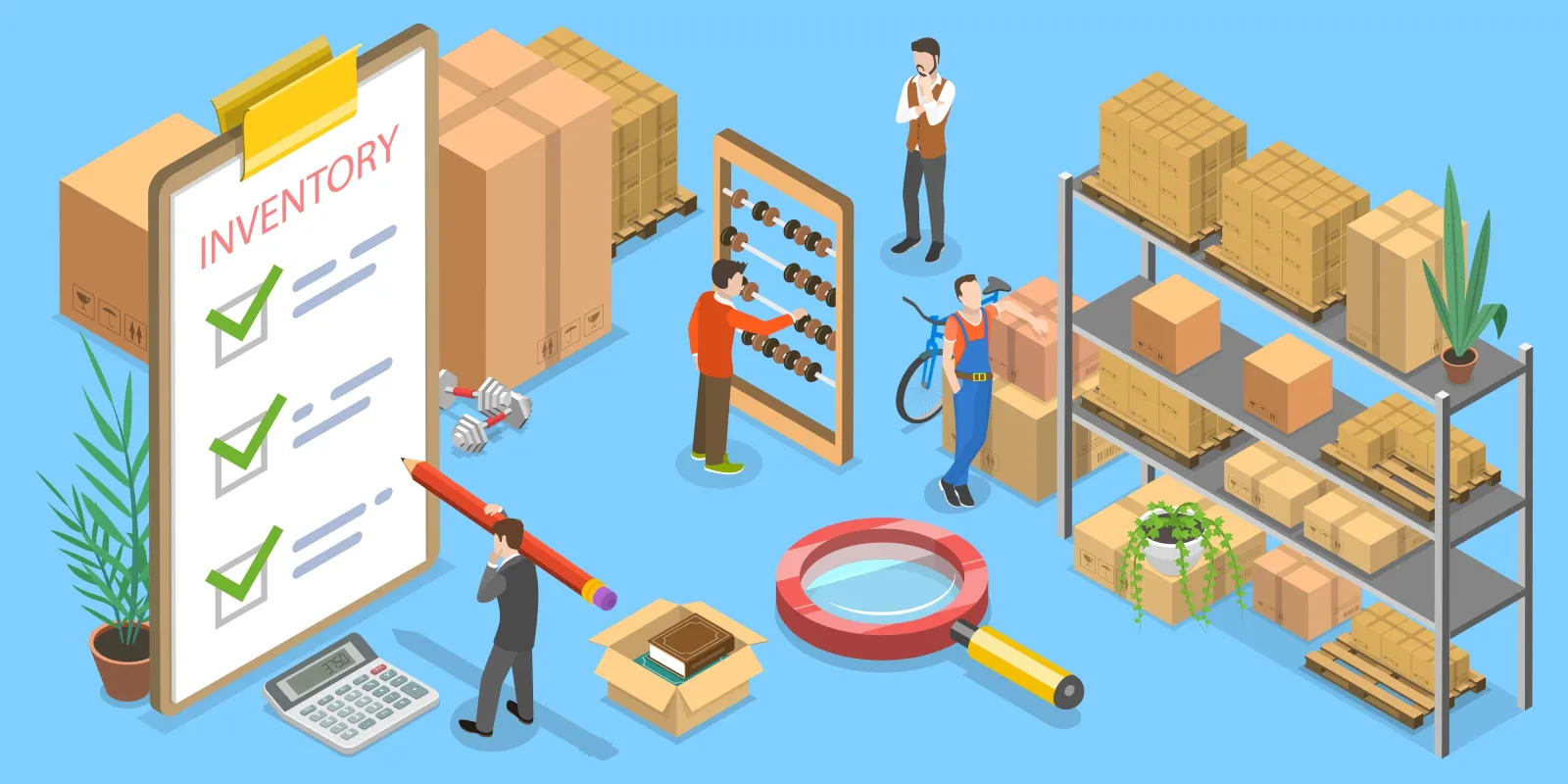

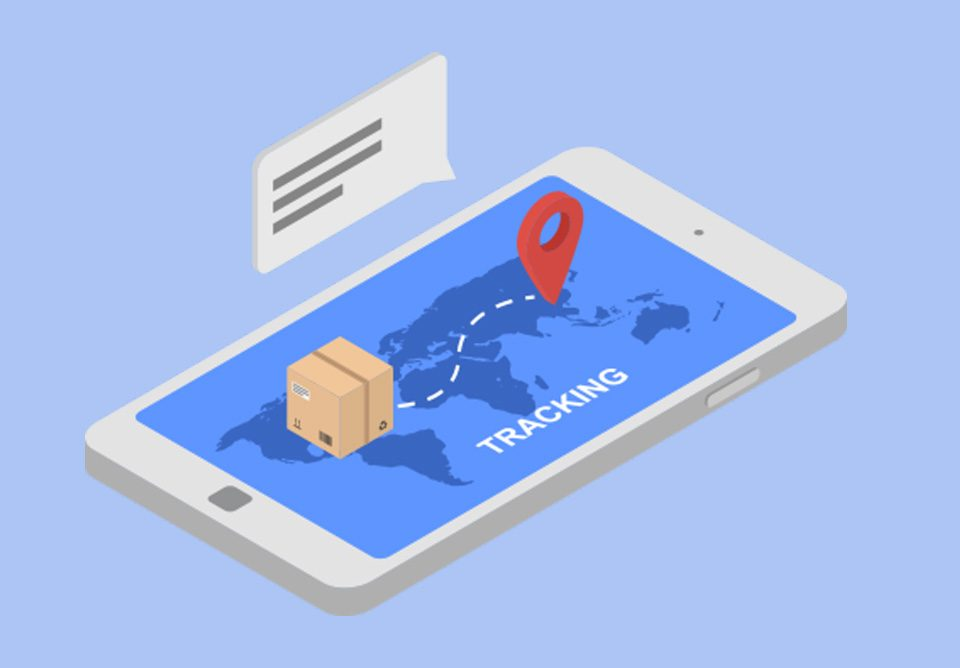


[......]在电子商务不断发展的时代,客户对快速、准确送货的期望与日俱增,[......]。
[......]跨境电子商务继续加速发展,但在其快速增长的背后却隐藏着复杂的物流挑战。从分散的运输供应商到不可预测的海关延误,再到缺乏可靠的退货途径,国际卖家经常发现自己陷入了低效、昂贵的履约周期。[...]